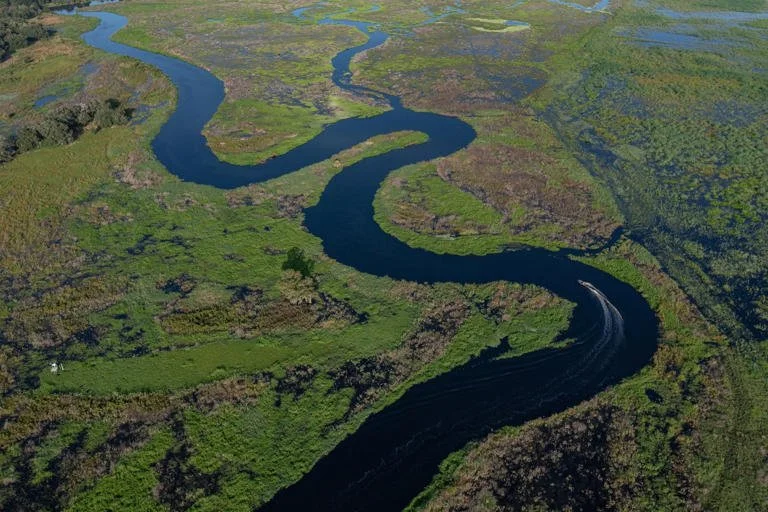Deep in Florida, an ‘ecological disaster’ has been reversed—and wildlife is thriving
National Geographic
By Douglas Main
If you’ve been to Disney World in Orlando, you’ve been to the Northern Everglades. Much of the water within the famous “river of grass” originates in Central Florida and flows south via the Kissimmee River—one of the more important and lesser-known waterways nationwide.
Sixty years ago, the Kissimmee meandered for more than 100 miles from the Kissimmee Chain of Lakes to Lake Okeechobee, and its floodplains were home to seasonal wetlands rich with life. But in the 1940s, in response to flooding and hurricanes, the state asked the federal government to help build a sprawling network of canals and waterways to drain the land.
The Army Corps of Engineers complied and, beginning in the 1960s, turned the meandering Kissimmee into a 30-foot-deep, channelized canal. Within a few years, populations of waterfowl dropped by 90 percent, bald eagle numbers by 70 percent, and some fish, bird, and mammal species vanished. The channel acted like a pipe, moving water quickly off the landscape to Lake Okeechobee, and then to the ocean. While that helped prevent some flooding in the short term, it robbed the stream of oxygen, which decimated the fish community and gave nutrient pollution no time to settle and be absorbed by the wetlands.
Read full story here






